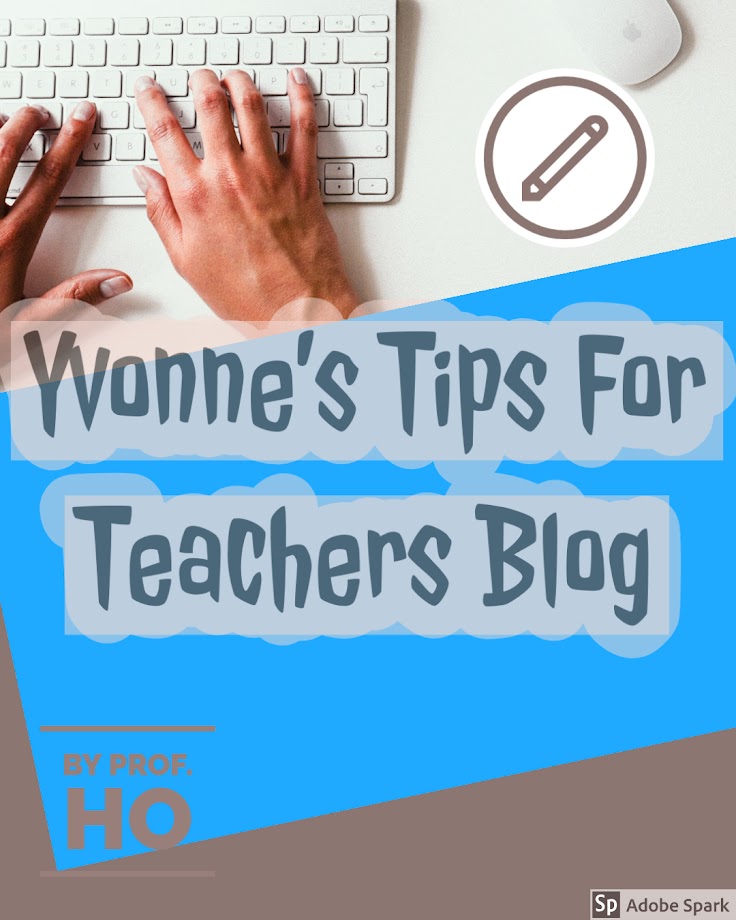Post 190: Emergent Literacy Theory vs Reading Readiness Theories
With the Reading Readiness Theory of literacy, a student needs to learn to read before he/she can properly learn to write. When I was first learning how to read and write, I was first taught how to read and then taught how to write a paragraph. We had reading groups with the best readers in one group, medium readers in another group and slow readers in the slow reading group. The teacher spent her time correcting our mistakes as we read aloud what we were assigned to read aloud by the teacher. Nobody wanted to be in the lowest reading group of slow readers because we second graders knew the slow group was for 'dummies'.
With the more modern Emergent Literacy Theory, children learn reading and writing at the same time. Children are constructors of meaning. Literacy takes place through development of social interactions in context that promote purpose in writing and reading. As a teacher, I would teach students how to predict what is in the text by looking at the pictures, headings to help students develop literacy.; As the teacher, I would read aloud to the students and ask students what the story is about so students understand what the story is about before learning to read the story thus giving students meaning and scaffolding. At Peppaerdine University, we called this the Whole Language Reading Approach. We taught reading skills like phonics, sounding out words, as the student was reading the book rather than teaching phonics separately as in the Reading Readiness Theory of Literacy.
In the Emergent Literacy Theory, as the student learns to read, she can draw pictures or create storybooks of her own so that the student gets used to the idea of a book, gets used to writing letters, and gets used to story structure. Students can create a class book where each student contributes a drawing and writes something about his/her drawing and combine all the drawings into a class book. Children construct meaning in project-based learning and learn to read and write in a more authentic manner rather than just have students memorize phonics and reading rules like I did when I was learning how to read. By making students active participants in the learning of reading and writing, just like with the Writing Process Workshops, you encourage students to be lifelong lovers of reading and writing. I used to tell my elementary students, the more you read, the better you write. Meanwhile my reading teacher used to say, "Practice makes Perfect" as in the more reading rules you memorize and practice the better you read.
Yvonne's Tips For Teacher Blog

Subscribe to:
Post Comments (Atom)
Post 518: How AI Increases Equity for LAPU ESL Students
Another paper I wrote dealt with how AI helps increase equity so that ESL students can keep up with native speakers of English. Equity i...
-
Post 331: Why Asynchronous Online classes work for Writing classes Prof. Warnock or known more affectionately as Prof. W by his studen...
-
32. How can you use Bloom's Taxonomy to help you with your Forum Discussion Questions and your Assessments? There are six stages t...


No comments:
Post a Comment